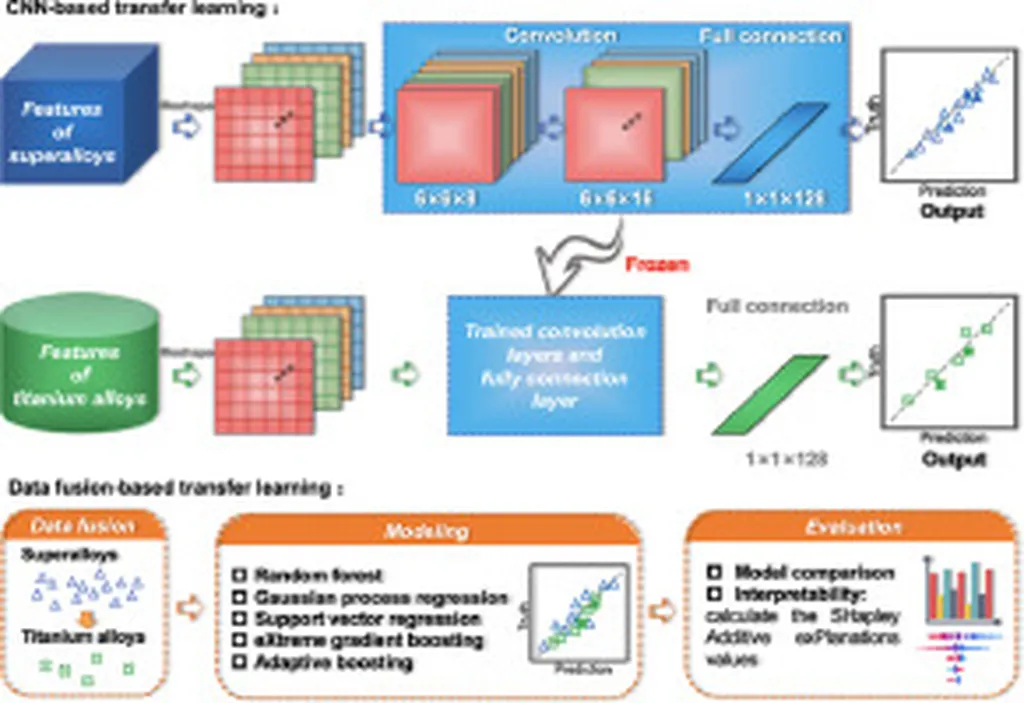In a significant stride towards advancing high-temperature materials for the energy sector, researchers have delved into the creep behavior of Hastelloy X, a solid solution strengthened Ni-based alloy, fabricated using laser powder bed fusion—a cutting-edge additive manufacturing technique. The study, led by Kota Sawada from the Research Center for Structural Materials at the National Institute for Materials Science in Tsukuba, Ibaraki, Japan, offers crucial insights that could reshape the future of material design and application in extreme environments.
Hastelloy X, known for its exceptional strength and resistance to oxidation and corrosion, has long been a staple in industries where materials face harsh conditions, such as aerospace and energy production. The recent research, published in the journal ‘Science and Technology of Advanced Materials: Methods’—translated to English as ‘Science and Technology of Advanced Materials: Methods’—focuses on understanding how this alloy behaves under high temperatures, ranging from 700°C to 1000°C, when produced through additive manufacturing.
The study reveals that the creep strength of Hastelloy X fabricated via laser powder bed fusion is comparable to that of conventionally manufactured Hastelloy X at temperatures between 700°C and 1000°C. However, the orientation of the material relative to the build direction plays a pivotal role in its performance. “The creep life of PiHC, where the stress axis is perpendicular to the build direction, was found to be one order of magnitude shorter than that of PiHA, where the stress axis is parallel to the build direction, at 800°C and 900°C,” explains Sawada. This finding underscores the importance of considering build orientation in additive manufacturing processes to optimize material performance.
One of the critical takeaways from the research is the need to improve the creep strength of PiHC to establish allowable stress levels comparable to conventional Hastelloy X. “For estimating allowable stress of additively manufactured Hastelloy X, the creep strength of PiHC will be the minimum value,” notes Sawada. This insight is particularly relevant for the energy sector, where materials must withstand extreme conditions without compromising safety and efficiency.
The study also highlights that the creep ductility of additively manufactured Hastelloy X is significantly lower than that of its conventional counterpart at all testing temperatures. However, there was no large difference in creep ductility between PiHA and PiHC, suggesting that the orientation does not drastically affect this property.
The research further identifies the presence of creep voids and cracks at grain boundaries perpendicular to the stress axis in both PiHA and PiHC. Additionally, various precipitates such as M23C6, µ phase, R phase, and M6C particles were observed after creep exposure, providing valuable data for understanding the microstructural evolution of Hastelloy X under high-temperature conditions.
The implications of this research are far-reaching for the energy sector, where the demand for materials that can withstand extreme temperatures and pressures is ever-increasing. By optimizing the additive manufacturing process and improving the creep strength of Hastelloy X, industries can develop more robust and reliable components for power generation, aerospace, and other high-temperature applications.
As the energy sector continues to evolve, the insights gained from this study will be instrumental in driving innovation and ensuring the safety and efficiency of materials used in critical applications. The research not only advances our understanding of Hastelloy X but also paves the way for future developments in additive manufacturing and material science, ultimately shaping the future of the energy industry.

